Regarding Diversity: Profiling Alleanna Harris
last updated 30 October 2017
Every October in the UK, for the past 30 years, we’ve remembered Black History and commemorated achievements made by people of colour.
Not so long ago, America saw its first black President. From that incredible shift in history came quite a blow, as in the US, Trump came to power, whilst over in the UK we battle on in the face of Brexit.

Times are uncertain and we need more than ever to be united in our moral standing.
As an illustration agency, we represent artists from all corners of the globe and we are very aware that diversity is a necessity in children’s books. Why? Because there just isn’t enough in terms of every child being represented. It’s a market that publishing is very tapped into, but be assured, for the right reasons. Children’s books are one of strongest learning tools outside of the national curriculum.**
So what will it take to make sure every child can find a book that relates to them? I talked to New Jersey based artist, Alleanna Harris about her view on the current push for diversity in publishing, and on being a female African-American artist in today’s creative industry.
Alleanna, at what age did you begin to show a love for art and drawing, and was there any one person, or something else that influenced you, or was it simply something that you naturally leaned towards?
It was definitely something I leaned towards from an early age. I’ve been drawing for as long as I can remember. My mom would keep legal pads around the house and she said when I was a toddler, I’d find them and use the nearest pencil to scribble on every single page. She said I was so small that it seemed like the pencil was too big for my hand, but somehow I made it work. She spent a lot of money on legal pads during those years! From elementary school on, my mom made sure I kept a sketchbook with me so I always had something to draw on.

Are there many artists/creatives in your family?
I’m actually the only one! My mom and dad liked to draw when they were kids, and I have a few cousins who enjoyed drawing as well, but no one in my family has pursued a career in art.
Were you encouraged to pursue a creative career at school?
Yes and no. Yes, because my high school was an academically rigorous Quaker school (Moorestown Friends School), but they also encouraged us to be well rounded and knowledgeable about the world around us aside from academics. So, whatever our goals were, our teachers were behind us. They had a great art and music department so I took an oil painting class, a ceramics class, and I played piano for the wind ensemble.
I also say no because in high school, I was pretty brainy. I was an honor roll student who loved math and science, so my original plan was to do something in neuroscience or psychology. However, I took anatomy and physiology in my senior year, and I realized I had no interest whatsoever in pursuing science or math as a career.
I realized that I wanted to pursue an artistic career, but I thought I had to go about it in an academic way. I thought that would be architecture. I went to Tyler School of Art (Temple University, Philadelphia) as an Architecture major and it was a great school and program, but I felt that it wasn’t my creative path. In my second semester of my freshman year in college, I transferred to the University of the Arts (also in Philadelphia) as an Animation major. I took illustration classes along with my core animation classes, and I’ve been in love with illustration ever since.

Do you have a favourite book from your childhood?
I have many! I read so much. When I was little, I loved anything by Eric Carle. I loved the colors and textures.
In elementary school, I was obsessed with Scholastic’s I Spy Picture Picture Riddle books where the reader has to find the hidden objects on each page. I would spend hours looking at those books because I was enamored by the lighting and the different moods of each environment.
I loved the Little House on the Prairie Books by Laura Ingalls Wilder. I used to love Garth Williams’ cozy looking pencil illustrations. I also loved Laura Ingalls’ vivid descriptions of the open landscapes. I would sit in my room and imagine what the midwestern prairie would look like.
I loved things that made me laugh too! I had a ton of Captain Underpants and Calvin and Hobbes books.

When it comes to artists you like, who would you say are your top three, and has their work influenced you?
My three artists would be Pascal Campion (illustrator), Ernst Haas (photographer), and Kevin Dart (illustrator).
I love their work for similar reasons. They can take everyday scenes and make them look so visually appealing. Especially Pascal Campion and Kevin Dart. Their colors are always harmonious, I’m enamored by their use of light, and their artwork always express certain moods. I’m always inspired by that. With Ernst Haas’ work, I love his vivid colors, his compositions, and how he portrayed movement and shadow in his photographs. So, yes I am influenced by my favorite artists.

Do you feel that as an African-American female in the creative arts, it’s been harder to be recognised for your artwork – is it something that has affected you?
That’s a great question. In terms of my personal experience, I think it is something that can affect me. Here’s the thing: I believe the people that follow me on social media do so because they like my work. Or because they like me. And my social media following is growing daily, so I know that I’m being recognized more and more. Social media is good for reaching people all over the world.
However, I sometimes wonder if a person looks at my profile picture (an illustration of me sporting my large afro puff) and then they see my illustrations of people of color on my timeline and they might say, “Oh, I’m not going to follow her. She does Black art. Not that interested in Black art.” Yes, I am Black/African-American. Yes, I do illustrate different kinds of people. But does that mean you can’t identify because you aren’t also of African descent? It doesn’t. I love the sitcom Friends, and Chandler Bing is the funniest character to me, but I’m not a 30-something white male living in New York City. I’m not like Chandler, but I identify with his sarcasm and awkward moments. My point is that some people might pigeonhole me and my art because I’m Black, and my art might not get recognized. Being Black is an important part of my identity, and I love my culture, but that’s not all of me. It’s my hope that you feel something when you look at my art, and if you do, there’s something in there that you identify with. Recognize it that way and go with that!
You are part of a community on Twitter called @theblackartists and the quote in the biog is: “This page was created in honor of #drawingwhileblack to carry on honoring our talents and overcoming misrepresentation”
Jean-Michel Basquiat said, “Believe it or not, I can actually draw.” I wondered if he’d felt mis-represented, or excluded from art circles at the time, despite his rise to fame.
I love that. Maybe he is simply saying that his art is totally abstract, but he can really draw. I’m not sure. For the sake of this conversation, I could stretch his reasoning to how we talk about diversity these days. Are people just talking about diversity because they think it’s a buzz word? For example, do publishers publish diverse books now because it’s been trending lately? Is there a push to have artists and authors that are people of color because it will sell now? Do some companies feel like they are pressured to reach a diversity percentage? Do some people think people of color are only hired because of said percentage? Then, do people of color think “Yes, I am a person of color, but I can actually write or draw. I deserve to be here”?
This is all food for thought. I’m pretty curious! I do think that we’re realizing how important diversity is and how hearing different stories and seeing different art from different people helps us reach a new level of acceptance and storytelling.

I think the fine arts can be quite dominated by the wealthier demographic. The people making the art however can often have a very different perspective on life, in their thinking and in their social/financial status. So could it be that art buyers and art sellers do play a key part in influencing/affecting inclusion and diversity of cultural representation in the international art market?
I think that is a huge part of it!
Let’s face it: money is power and influence. If you’re wealthy, you can set the scene. If there’s not a lot of diversity in that high group of tastemakers, and not a lot of attention put on bringing diversity into art collections, then how are we going to see diversity in our art?
I haven’t seen a ton of diversity in museum staff (curators, conservators), so how are there going to be diverse exhibits?
Come to think of it, I haven’t seen a lot of diversity in museum visitors. There might be many reasons for that. People might not go because of the price. People might not go because they don’t feel properly represented and they in turn feel uncomfortable! The first moment when I felt represented at a museum was about five years ago. My mom took me to PAFA (Pennsylvania Academy of the Fine Arts) to see an exhibit about Henry Ossawa Tanner, the first African American painter to have international acclaim. It was an amazing exhibit, there was a diverse group of visitors and it felt amazing.
In terms of museums things are changing! Look at the National Museum of African American History and Culture in Washington, DC. It even highlights the diversity within African American culture. (@NMAAHC #HipHopHistory)
Everyone should be able to feel represented in various areas of the creative arts. We need to diversify on every single level.
How can we make sure that the industry becomes more diverse – do you think there is still a lot to be done?
I think we can make sure that the industry becomes more diverse by putting priority on finding and publishing and sharing viewpoints, stories, settings, and styles that are different than our own. There are insanely talented people out there of different backgrounds and cultures. We just have to look. We shouldn’t seek diversity just to seek diversity. We should seek diversity because it provides great art and because it improves our understanding of the world. There is a lot to be done, but I’m sure we can do it. I’m optimistic.

Do you think there are enough books for children of different backgrounds, books they can relate to, family environments within stories that are familiar to them?
Definitely not. We need more! I have a good example of this. On one of my most favorite podcasts, one of the hosts is Ethiopian. In one episode she talks about never seeing herself on tv until she saw a 20-something Ethiopian character recently. I can only imagine how her experience was as a child reading children’s books (aside from sharing personality traits or the same likes or dislikes as the main characters). Are there a lot of picture books about young Ethiopian girls? As an African-American girl, I never thought of that. I imagine a lot of other people haven’t either, but I bet that host has.
“Our work isn’t done until we get to a place where every child can find books they relate to.” AH
Lastly, what would be your dream job, as an illustrator?
I’m illustrating picture books and doing educational illustrations, so I’m currently working one of my dream jobs. My other dream job is to be an art director/work in visual development at a major animation studio. I’d love that.
My huge thanks to Alleanna. If you’d like to see more of Alleanna’s artwork, you can do so here. If you’d like to work with Alleanna, please get in touch via her agency here.
Follow Alleanna on Twitter & Instagram
If this article has made you want to read further, below are some links to some great articles on how the publishing industry is working to make sure people of black, asian and minority ethnic groups are being represented and heard though the written word:
Last year publisher HarperCollins commissioned a series of essays written for The Bookseller on people of colour, working in the publishing industry, talking about their highlights, the challenges they have faced, and how to encourage the next generation of black, asian and minority ethnic publishing talent. You can read those articles here. Not only that but in 2016 HarperCollins began a traineeship programme for black, asian and minority ethnic graduates, and since then the programme has been extended to non-graduates, therefore widening the pool of talent and creating more opportunity. Read more here.
Penguin Random House have also made an Inclusion pledge, one of which is: Pledge #6: Our new hires and the books we acquire will reflect UK society by 2025. Read more here.
Further recent articles:
Jacaranda founder named on ‘influential black Briton’ list . . . Read the full article in The Bookseller here.
Influx opens submissions exclusively to women of colour . . . Read the full article in The Bookseller here.
Inclusive children’s list Knights Of launches . . . Read the full article in The Bookseller here.
If you’re an artist looking for representation, we’d love to hear from you. Find more information on submitting artwork here.
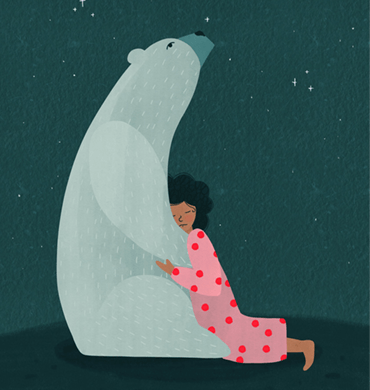 How we work
How we work
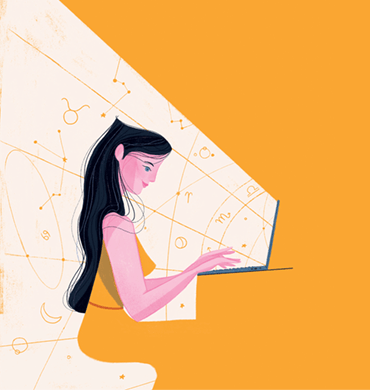 What we do
What we do
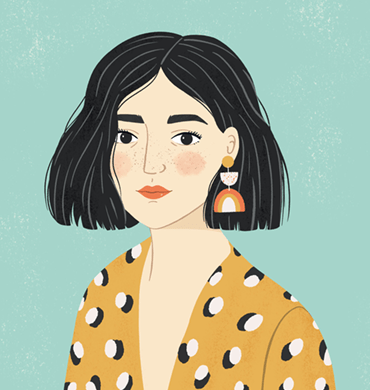 Meet the team
Meet the team
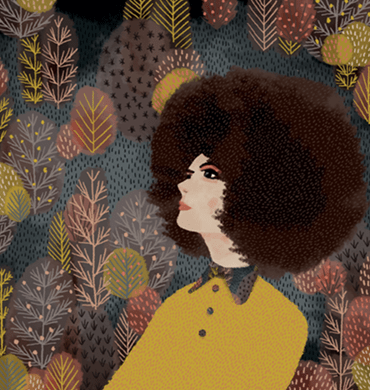 Artists
Artists
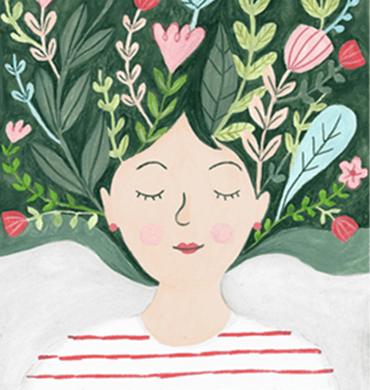 Agents
Agents
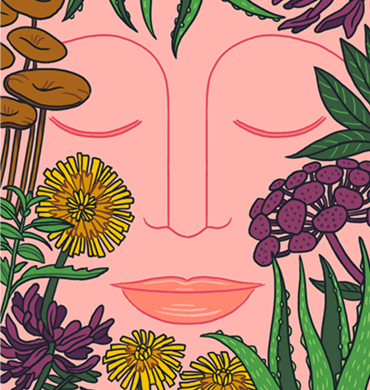 Collections
Collections
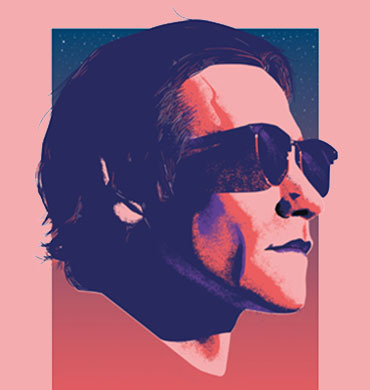 Submissions
Submissions
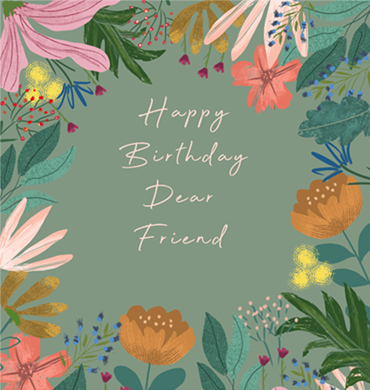 Artists
Artists
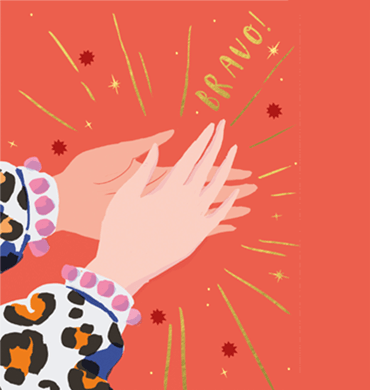 Agents
Agents
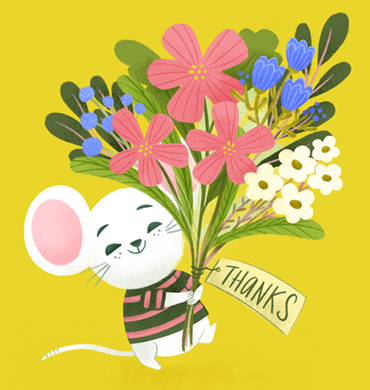 Collections
Collections
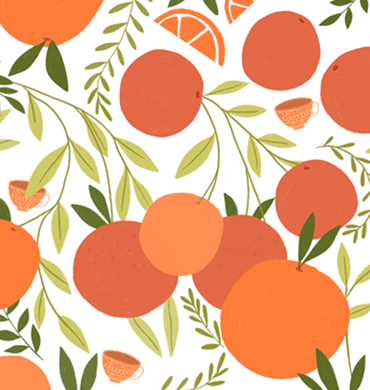 Submissions
Submissions
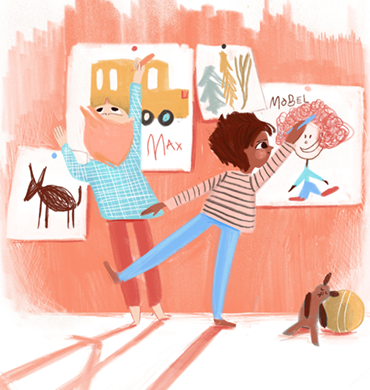 Authors
Authors
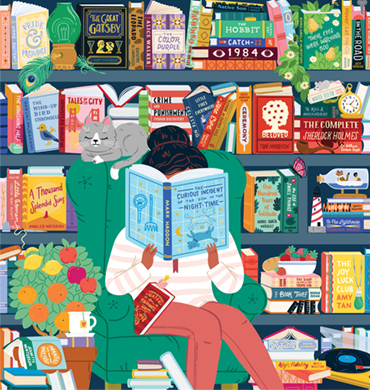 Artists
Artists
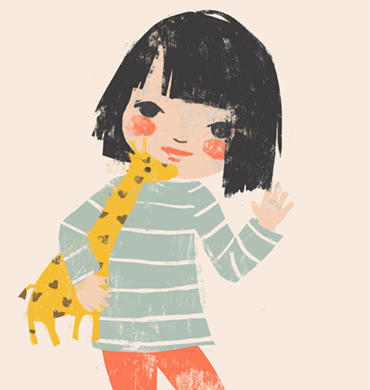 Agents
Agents
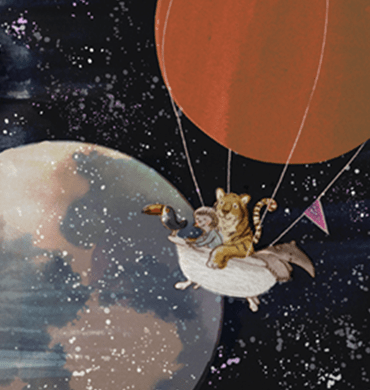 Collections
Collections
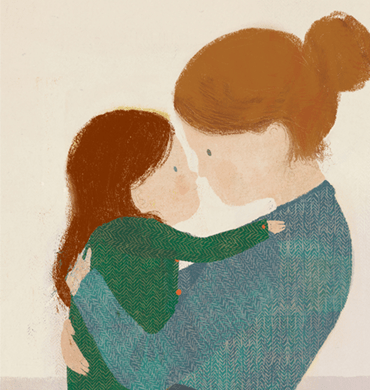 Submissions
Submissions
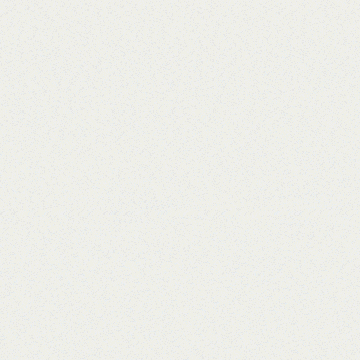 Animators
Animators
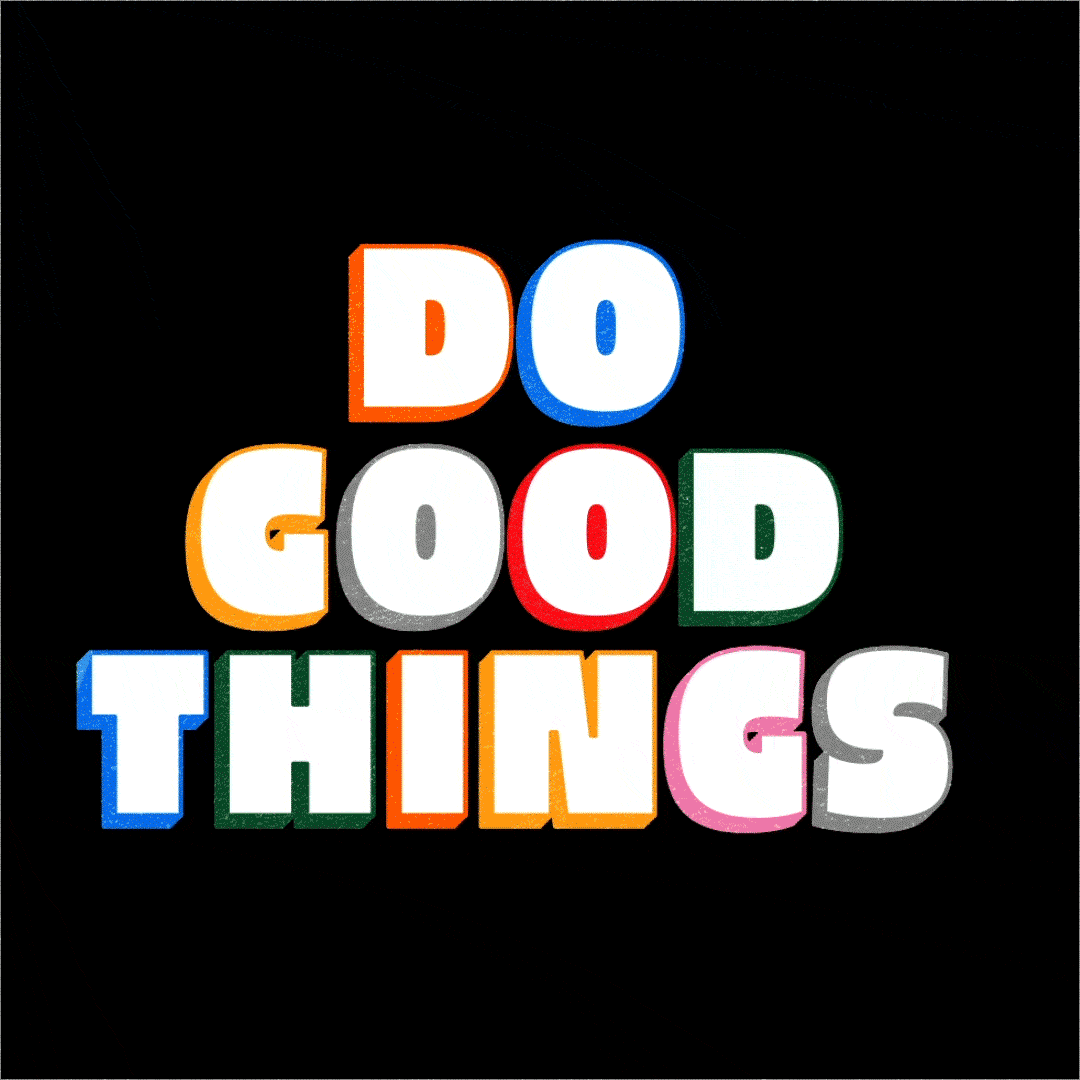 Agents
Agents
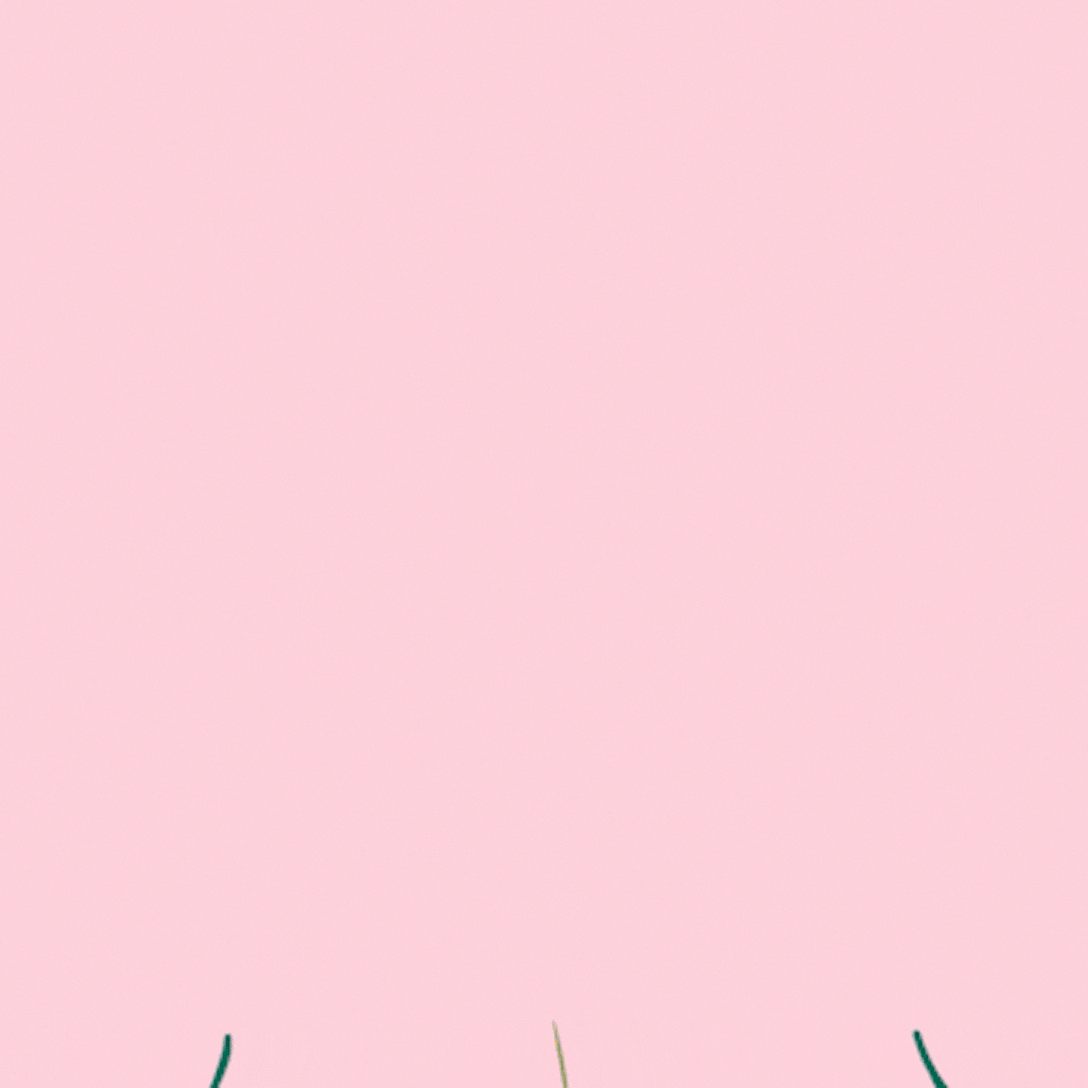 Collections
Collections
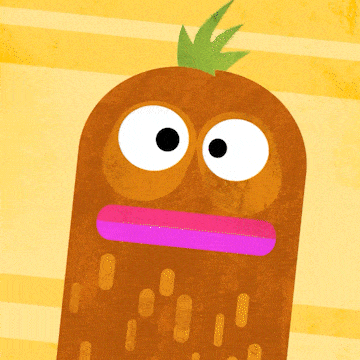 Submissions
Submissions
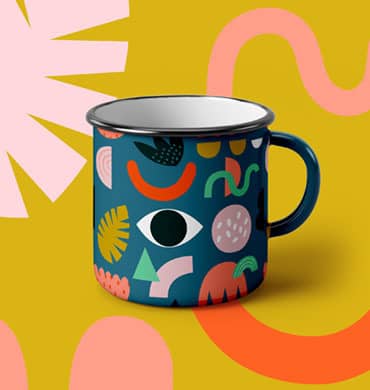 About
About
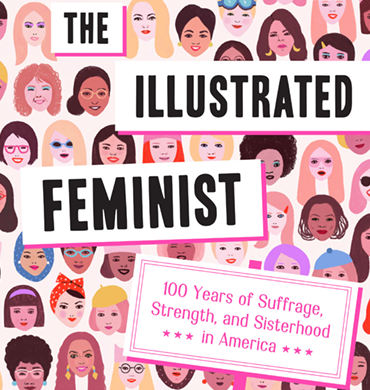 Authors
Authors
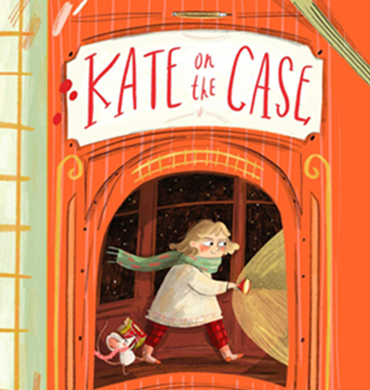 About
About
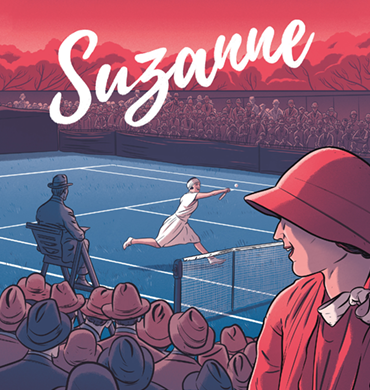 Submissions
Submissions
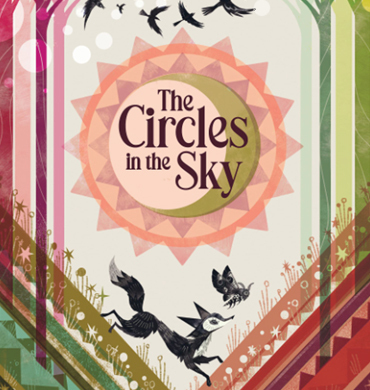 Blog
Blog